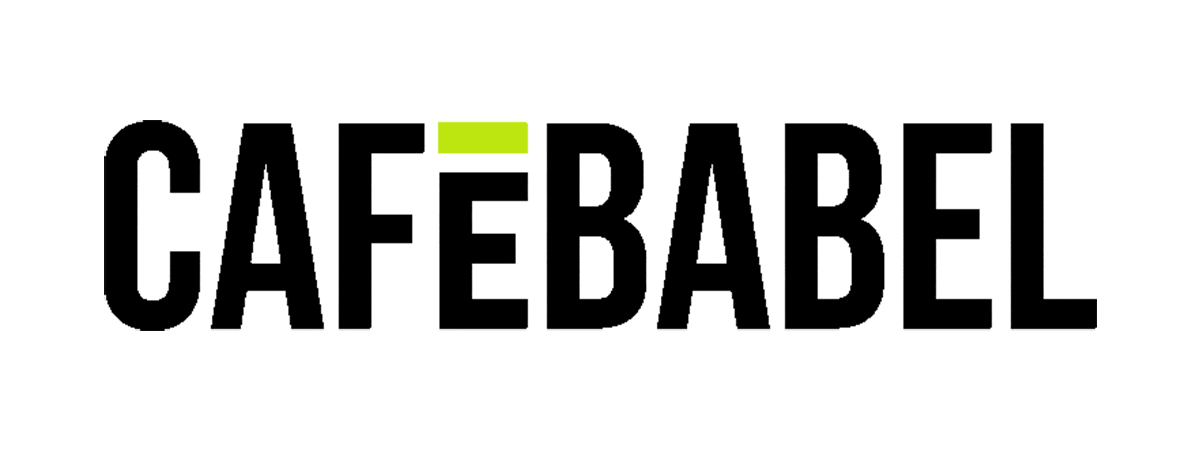Riots in Vilnius (updated)
Published on
--- Beginning 16/01/09As many of you might have heard, a series of riots has swept through Europe: in Greece, in Riga, in Sofia, and today in Vilnius as well. The riots started from a demonstration in front of the parliament.
The demonstration was organised by the labour unions, which finally took action after years of hiding in the shadows and, unfortunately, doing nothing to protect workers from exploitation. The share of unionised employees is very low in Lithuania, and nobody takes the unions seriously. A few attempts to strengthen them were mocked and blocked by the big businesses (such as in the case of IKI supermarket chain, where the management established a fake 'alternative' union to divide and rule their workers, and fired key activists in the real bottom-up union).The demonstration, which I attended but left a few minutes before the riots started to go back to work, started from the demands to stop the tax reform in Lithuania. The government has canceled all VAT exemptions (such as on medicine, books&publishing and other goods), which means that everything will become more expensive, and many small publishing houses and newspapers will go bankrupt. Also, there will be some changes for the allocation of retirement pensions, and many more people will have to pay for education.Anyway, there are plenty of reasons to be frustrated. On the other hand, looking from the window of my office, I could see that the demonstration attracted youngsters who would join a right-wing demonstration with equal enthusiasm after coming here to support the unions, and break some windows again. Yet it's ridiculous to write off all expressions of political frustration to "a bunch of drunken aggressive individuals" (see my friend's in Lithuanian), which is very useful for de-politicisation of the issue. It is clear why people are frustrated, and it is sad that riots and other forms of destructive protest have become the only channel for citizens-to-government communication. Once the government is elected, it's deaf and blind to the needs of the citizens, and it hasn't introduced any "amortisation" mechanisms to make the reforms less painful.
Unfortunately, the official interpretation of the riots will only give a chance to further discredit the unions, even though riots can errupt in every public event, such as a basketball game.I have to stop here and, as someone totally immersed in the petty-bourgeois mentality, forget the frustration of the working class and hurry to a theatre performance :)))To be continued.--- Update 19/01/09As it could have been predicted, the government has announced that the riots result from the 'irresponsibility' in the planning of the protest and that no changes in policy will be made. Lots of articles have been written about how violence compromises the cause, and how it should be dealt with. An extreme version of the contempt towards the rioters, felt by some public intellectuals, can be found . A comfortable explanation is, of course, 'possible involvement of certain states', very obviously meaning Russia. This is easy because in the other Baltic states the Russian-speaking minority is the most vulnerable to the fluctuations of the economy and, according to some reports, many people who participated in the riots in Riga were Russian-speaking (have in mind that every-second inhabitant of Riga is Russian-speaking). According to my above-mentioned blogger friend, the official message is: violent protest is a result of drunkenness and the activities of certain foreign agencies. Although there certainly is a possibility of such involvement, and alternative version - that there was NO involvement - is automatically rejected and not even considered. All of this serves to 'prove' that .herethere can be no genuine Lithuanian protest and resistance
Anyway, since this blog is mainly about city spaces, I feel like describing what I saw from my office window. I work in Gedimino 50, which is close to the parliament. I was in the demonstration during the lunch break, and came back a few minutes before the media announced that riots have broken out. A peaceful demonstration was simultaneously taking place near the government building (Gedimino 11). As you can see, the avenue connects the parliament and the government building. What we could see from the window was around 10-12 policemen with protective shields and helmets, pushing away a scattered crowd. Some people opened the windows to take photos, and tear gas used by the police were immediately felt in the office. The 'wall' formed by the officers was slowly advancing and pushing the rioters... down the avenue. The rioters, mainly young people of 16-18, but some quite older, were shouting at the policemen and throwing pieces of ice (I read they bought eggs in a nearby store and threw them at the parliament and one MP, and ex-mayor of Vilnius who has started most of the megalomanic and corrupt 'renovations' in the city, as he came to meet the protesters). One of these people had some leftover from the new year's fireworks, so he threw it at the police, and one officer had to take some time to fix his helmet.Now, the avenue is wide and open, yet it has many inner yards and side streets, so anyone who wanted, could have easily hidden and come back to the street again, behind the 'wall' of policemen. Some people probably did exactly that, but mainly photographers and not the rioters. The latter allowed themselves to be pushed down the street by the police. Which actually means that the police was . Luckily for the police, there were not that many rioters to reach that location. Otherwise it could have ended in a similar disaster to what happened in Budapest in autumn 2006. The way the police and the rioters moved in the space was worth a film - a black 'wall' of policemen was slowly advancing down the street towards these youngsters, sporadically fighting back with pieces of ice and snow. It represented the power of the punitive structures, which was unbeatable, impersonal and... not always rational. The point was to push the rioters away from the parliament, but not to scatter and isolate them, but to parade them down the main street of Vilnius so that everybody could see. Gedimino ave. is very suitable for that: everyone in their balconies and offices could see how systematically the police advances, and how childish the protesters look now. The police was not running after them, nor was it isolating them. It went as a bulldozer, even though it meant that the violent crowd may eventually reach the government square. It clearly represented the main message of the government: 'you kids don't play games with us, because there's nothing you can do against us.'pushing them towards the crowd participating in a peaceful demonstration near the government



